I recently left the West Coast of Canada to visit my father in the U.K. and was surprised at how beautiful ‘the old country’ still is, despite over the last ten years, having Europe’s most rapidly growing population, essentially because more people are arriving than are leaving.
I left in 2002 and if I thought the roads were busy then, it is nothing to the way they are now – driving anywhere during rush hour is inadvisable, because more often than not, it takes ages to move only a short distance – but the biggest surprise is what is growing either side of the traffic which you have plenty of time to observe when you are barely moving. It is springtime and on the verges a great many flowers are opening and turning the roadside into a place of beauty, or at least that was the way it was for most of the journey as I drove on backroads across West Sussex and East Hampshire to the edge of the New Forest.
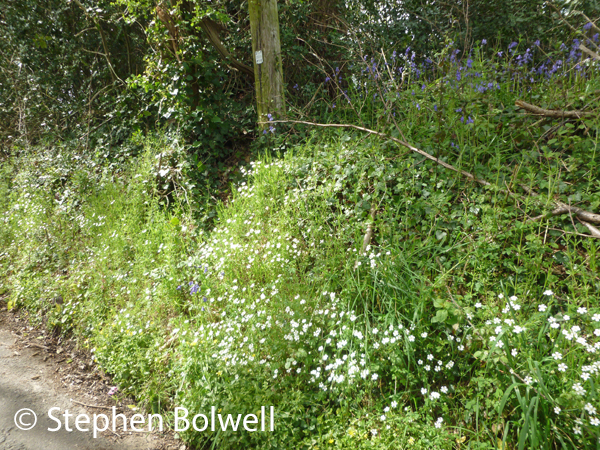
When you fly north-east out from Vancouver, the landscape below is very different –
as you rise into the clouds what you see is a winter wilderness of snow-clad mountains even though it is near the end of April.
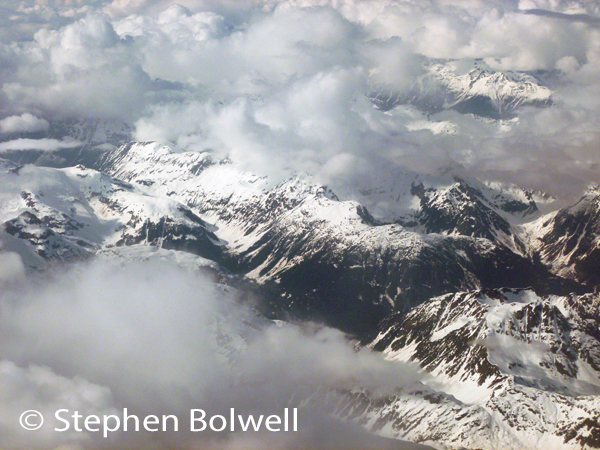
Nine hours later, at the other end of the journey, flying into London Gatwick Airport what comes into view is an irregular man-made field system, certainly this isn’t wilderness but in its own way is still very agreeable.
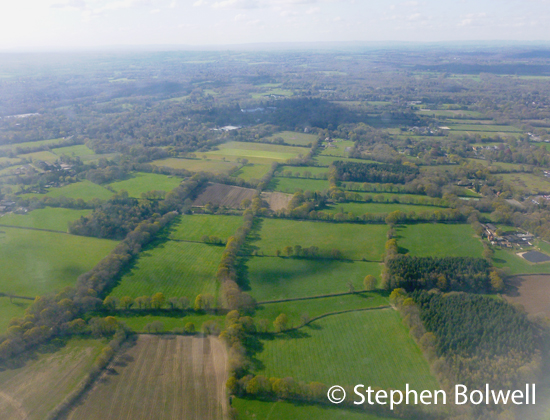
There is no mistaking that the landscape below is far from wilderness which Britain doesn’t do on a grand scale. Although a couple of hundred years ago the Lakeland poets and a flurry of writers and painters set the tone with their representations of the great British outdoors, but this was an interpretation rather different from reality. Admittedly the Romanticists didn’t restrict themselves to rural roadside verges, preferring instead the ruggedness of largely uninhabited upland areas, but essentially their analysis was flawed – what they mostly saw were man made environments conveniently labelled as natural, and this mythology has carried through even to the present day.
For generations, most of Britain has been heavily managed, and if somebody can get their sheep up onto the higher slopes during summer then they will do so, with the result that a great deal of Britain’s countryside is grazed far beyond anything that is natural – something that the majority of us conveniently fail to notice. The British interpretation of ‘wild’ is a construct, a romantic interpretation of the way we think nature should be after we’ve utilised it for our own ends, and that’s a far more positive approach than admitting that perhaps we’ve rather messed things up.
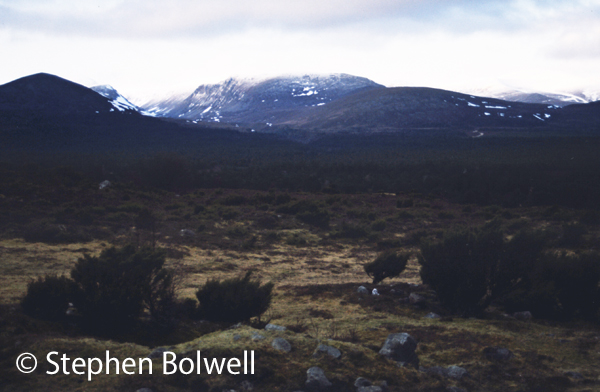
It is certainly not unreasonable to assert that there is more ‘wild’ in Britain’s hedgerows and roadside verges during spring than can be found in many upland areas. That seems a very odd thing to say, because roadside verges are hardly natural, but the plants that flower along them during spring are growing exactly the way they would have done in the ancient past, at a time before many environments were taken over by the formalities of agriculture.
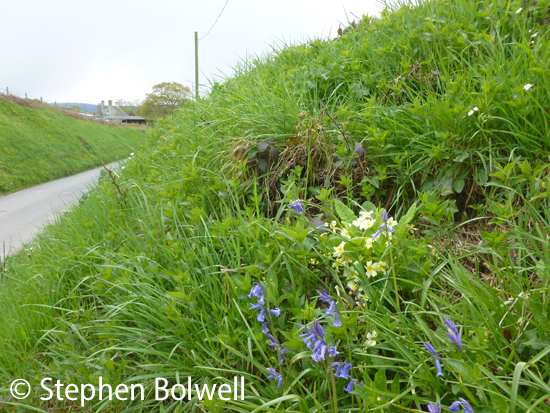
The evolutionary imperative of spring flowers to show early in the year and reproduce before they are cast into shadow by leaf cover was a predominant feature across most of England before the first forests were cleared for timber and agriculture. Many of the plants that flower during spring, have evolved for millions of years alongside, or more correctly, ‘under’ deciduous trees. The fact that their best hope is now roadside management is neither here nor there. Later in the year the verges will be cut, and this will prohibit engulfment by a scrubland that would otherwise eventually progress towards forest.
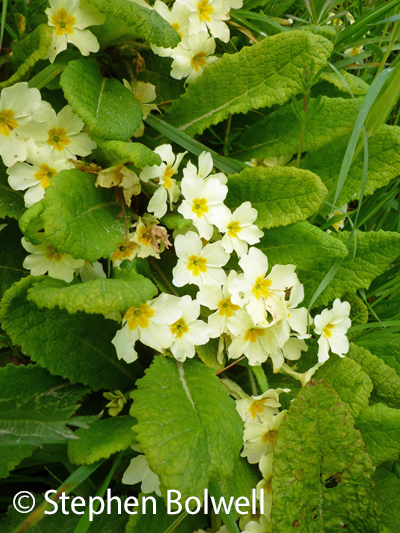
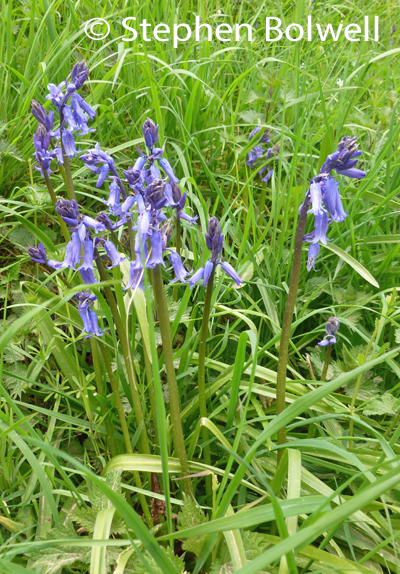
It isn’t practical to have our roadsides totally engulfed by overhanging scrub and trees, and so it is by management that a suitable habitat is preserved for low cover spring plants to thrive and spread. For obvious reasons grazing by deer is less intense along roadsides than it is in the forest, and rabbits at low density will often feed preferentially on the grass between clumps of flowers, which is all to the good.
Cutting later in the year rather than grazing is an accepted method of management and the result, during spring, along Britain’s winding country roads is a spectacular floral display that most of us appreciate.
In urban B.C. many roadside verges are not managed sympathetically for nature; but drive a little way out of town and you might see a black bear that has come specifically to roadside verges to gorge on spring dandelions – a non-native weed and high energy snack that is favoured by bears recently emerged from hibernation.
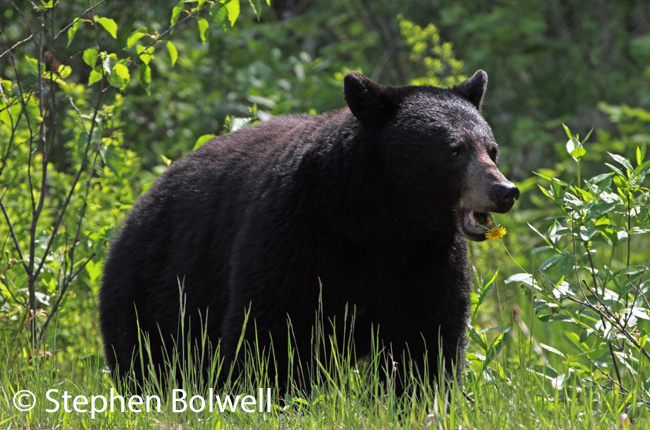
From the 1930s farming in Europe began to developed on an industrial scale and the control of pests, such as weeds, insect and rodents was beginning to be achieved by the use of chemicals, many of them toxic to the native flora and fauna. The loss of nature as a result of this intensive agricultural process has in recent times resulted in subsidies to encourage farmers to protect verges and hedgerows; in some cases broad areas of land are left uncultivated along the sides of fields to minimise the passage of sprayed herbicides and insecticides that might otherwise carry across these fallow conservation areas.
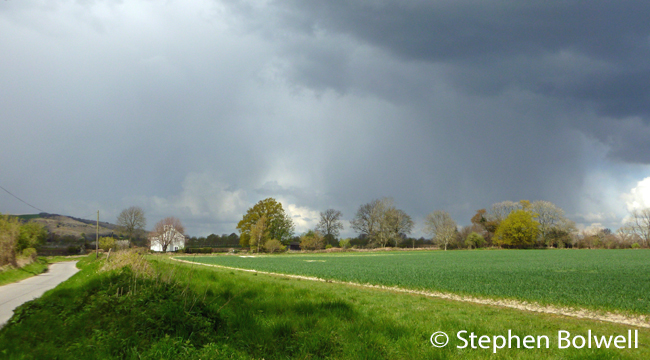
This expanse of uncultivated land provides not only a wildlife habitat, but also an interconnected corridor for many plant and animal species to move along. There are farmers keen to provide such environmentally friendly areas, but for many, a restriction of land use carries an economic penalty, and in consequence European farmers are paid large subsidies to farm in a progressive and environmentally sensitive manner, although the exact cost of doing this isn’t so easy to ascertain, but the total is self-evidently substantial.
A recent report from ISARA Lyon however concludes that the uptake of agroecological practices has so far been low, and there has been no clear EU strategy for agroecological practices and sustainable agriculture, while the political will to move things forward remains marginal, and although the Common Agricultural Policy for 2014 – 2020 includes further elements, in addition to existing measures, which are orientated towards some agroecological practices, a broad strategy to deal with the situation is still missing.
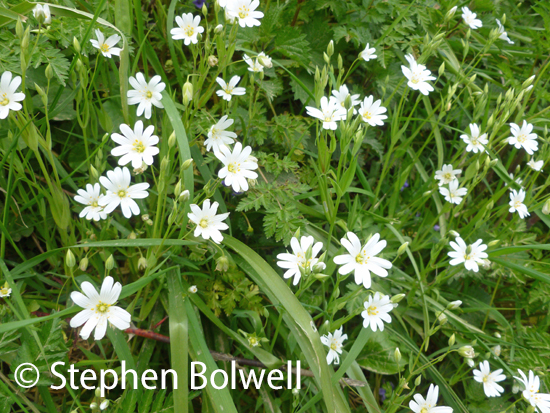
This all sounds rather disappointing, and from a personal viewpoint it would be difficult not to have noticed a decrease in both populations and the diversity of Britain’s flora and fauna over recent years – butterflies are a good example because we tend to notice them above other insects, and consequently they have become indictors as to the health of natural environments. Their decline during my lifetime has been substantial and this can be linked to more intensive methods of agriculture, which have become increasingly reliant upon man made chemicals, in particular the use of indiscriminate pesticides.
I have only witnessed changes since the 1950s and I wouldn’t want to imply that as a child I was capable of passing value judgements on my early recollections of the countryside; but people who have lived out of town since the 1930s tell me that they have seen changes on a completely different scale, over a period that co-incides almost exactly with the advent of farming as an intensive activity, and the increasing reliance on artificial fertilisers and synthetic pesticides to improve productivity.
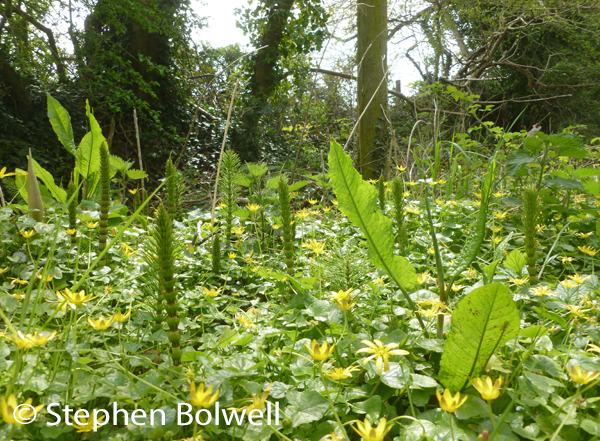
97% of all wildflower-rich grassland has been lost in the U.K. since the Second World War. Worldwide one fifth of all vascular plants are threatened with extinction – these figures are disturbing, but at least there have been small improvements in recent years: in some areas hedgerows have been replanted, and roadside verges are in many cases better managed than they have been for many years, and such improvements should be appreciated as minor steps forward.
However, many people still advocate poisoning to prohibit natural growth along Britain’s roadsides; increasingly this has become an outmoded way of thinking, with most of the changes that have so far occurred brought about by a combination of education, forward thinking councils, and European subsidies. As individuals we need to get our heads around our interpretation of what is untidy and what is natural, and until we do this, environmental problems will be a perpetual feature of our World.
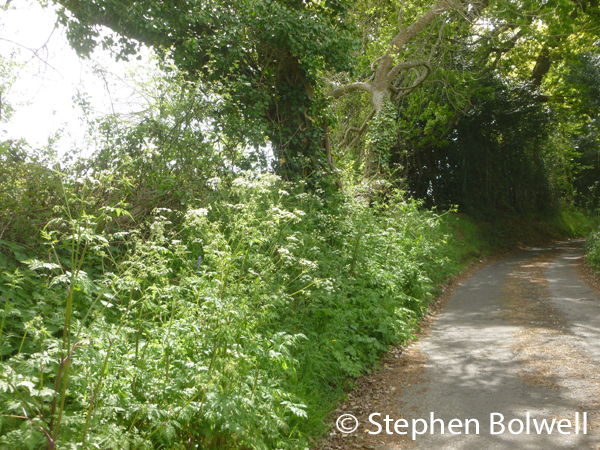
If Britain decides to leave the European community it will be of interest to see how much difference a reduction, or even an elimination of subsidies makes to the countryside, and that includes roadside verges. Certainly it is worth having a camera ready to record the changes that might occur in the years ahead, and to note whether the political will to do the right thing gathers strength or weakens.
In the end it may come down to what Governments decide they can afford to do – and often that turns out to be the bare minimum they think they can get away with. So, go ahead… take a picture and save the planet. The will to make changes is in the end down to us, and that’s not always easy unless we bear witness to exactly what is going on.
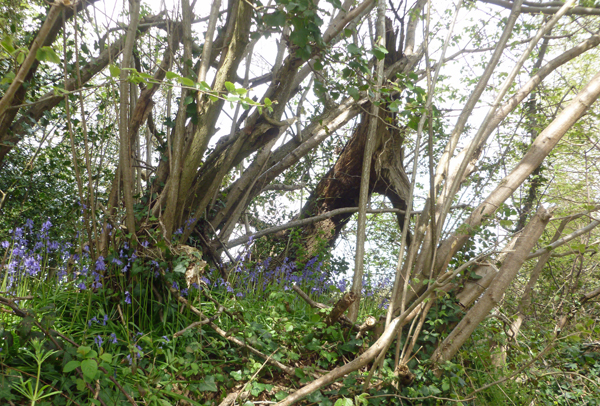
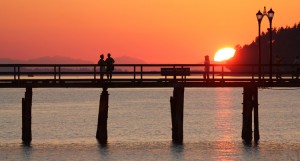
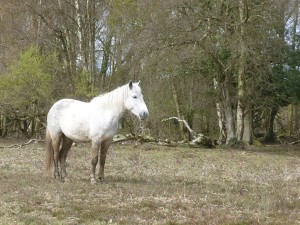
In some of the back roads I use the banks and hedgerows are covered in wild flowers . One minor road has an area by a hedge with approx 3x4m of primroses. In the NT property I have visited regularly for 18 years I can see that the areas covered by bluebells are much larger now than when I first visited.
Hi Linda, This is good to hear. The problem is always going to be changes in management. I have seen progress suddenly ended because somebody hasn’t been informed correctly and undoes a lot of good work – usually by the inappropriate spraying of herbicides. Recording details with the aid of GPS and photographing exact locations may prove helpful to conservation efforts in future. The more people aware of the importance of an unprotected site, the less likely it is to disappear without comment – unless of course a plant is very rare, and then perhaps it is better not to publicise an exact location.